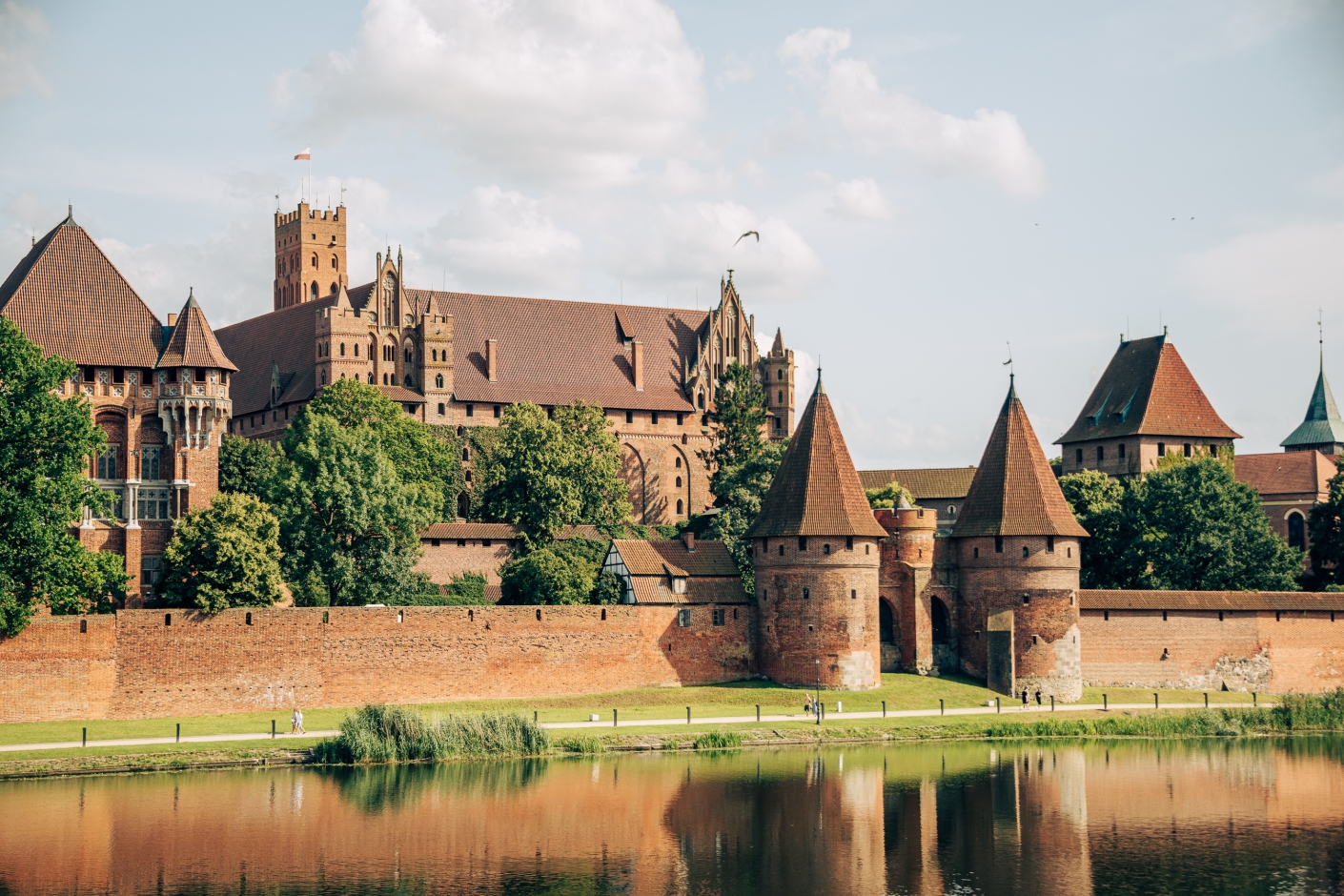The road then leads to Warsaw, where Uprising Hill draws you in with its deep historical significance. This artificial hill, built from the rubble left behind after the city was devastated during World War II, serves as a powerful symbol of the Polish resistance’s courage during the 1944 Warsaw Uprising. The fact that the hill is constructed from the very ruins of the city it honors adds an even more profound layer to its story. In the heart of the city, you’ll also find Osiedle Jazdów, a fascinating little neighborhood filled with Finnish-designed wooden houses. These homes, originally built as temporary housing for workers after the war, now offer a charming and often overlooked piece of Warsaw’s post-war history.
Continuing on to Gdańsk, you’ll encounter the Falowiec, Poland’s longest residential building, stretching over 850 meters. Its wave-like design breaks away from the monotony of typical apartment blocks, reflecting the 1970s' innovative approach to urban living. Gdańsk's Old Town is another highlight, beautifully reconstructed after World War II. The area is famous for its ornate facades and historic buildings like the Gothic St. Mary’s Church and the Renaissance-style Main Town Hall, showcasing the city’s rich architectural heritage and its resilience in the face of destruction.
But Gdańsk's story wouldn’t be complete without mentioning the Stocznia Królewska (Royal Shipyard). This shipyard isn’t just a relic of industrial history—it’s where the Solidarity movement, led by Lech Wałęsa, was born in the 1980s. This movement sparked a wave of change across Poland and beyond, playing a crucial role in the fight for workers' rights and democratic reforms. The shipyard’s legacy is a powerful reminder of Gdańsk’s vital role in shaping modern Polish history.













































